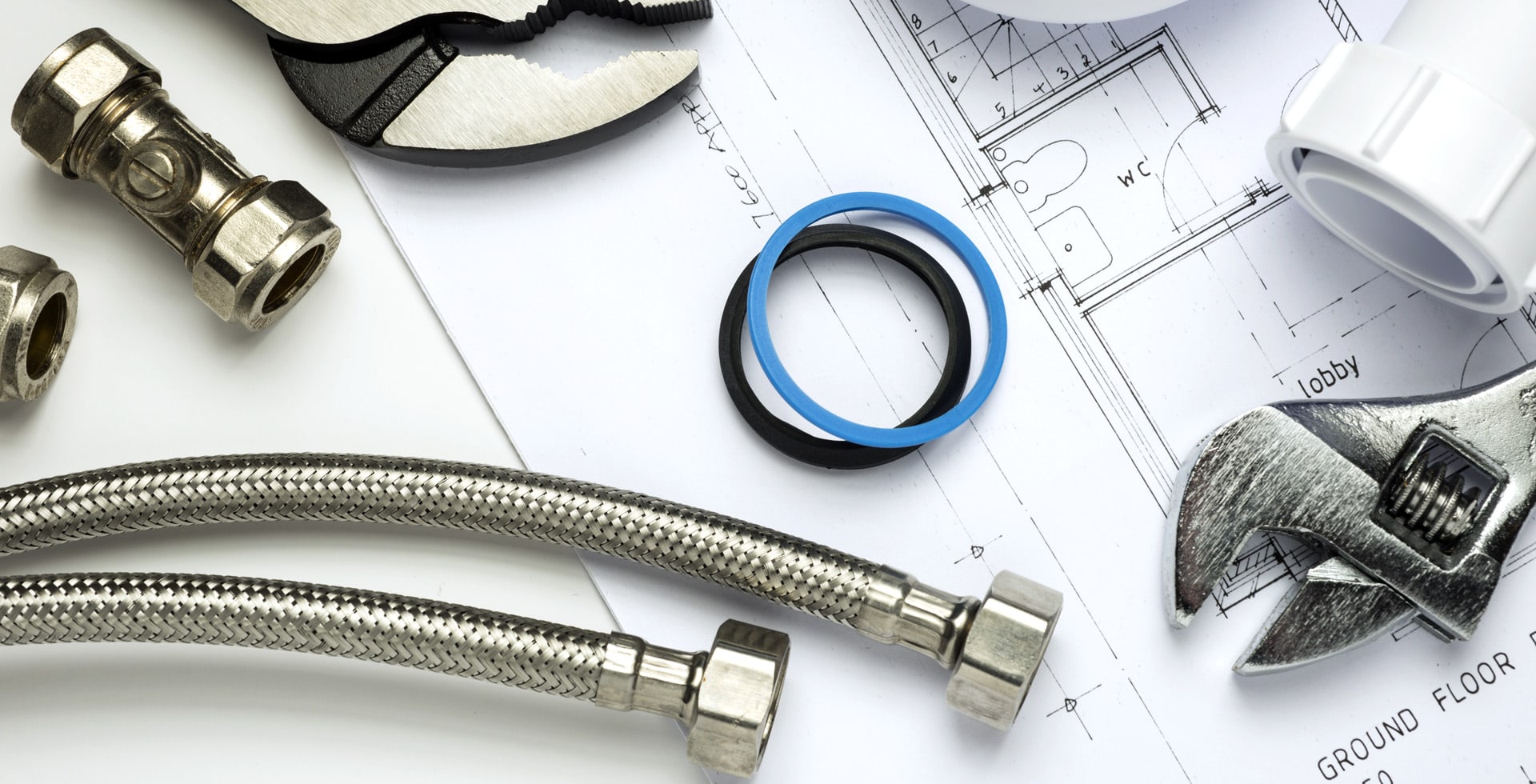Water damage can strike unexpectedly, leaving homeowners in distress and unsure of where to turn. In Eagle, ID, the need for effective water damage restoration is critical due to the region’s fluctuating weather patterns and the potential for flooding. Understanding the process of water damage restoration not only helps in mitigating the immediate effects but also ensures the long-term health of your home. Whether it’s a burst pipe or a natural disaster, knowing how to respond can save you time, money, and a lot of headaches.
In this guide, we will explore the essential steps involved in water damage restoration in Eagle, ID, including the importance of acting fast, the techniques used by professionals, and key preventative measures to protect your home. With the right knowledge, you can navigate this challenging situation and restore your home to its former glory. Let’s dive into the details and equip you with the information you need to handle water damage effectively.
20 best water damage restoration in eagle id
Understanding Water Damage Restoration
Water damage restoration is a crucial process that involves several steps to return your home to its pre-damage condition. This process typically begins with the assessment of the damage. Professionals will evaluate the extent of the water intrusion and identify the source of the moisture. This step is vital as it informs the restoration approach and helps prevent future issues.
Key Steps in the Restoration Process
1. **Emergency Contact:** The first step is to contact a professional restoration service immediately. Time is of the essence when dealing with water damage, as the longer the water remains, the more extensive the damage can become.
2. **Assessment:** Trained professionals will conduct a thorough evaluation of the affected areas, using specialized equipment to measure moisture levels and identify hidden water damage.
3. **Water Removal:** Once the assessment is complete, the next step is to extract standing water using powerful pumps and vacuums. This swift action helps to minimize damage and start the drying process.
4. **Drying and Dehumidification:** After water removal, the area must be dried completely. Industrial-grade dehumidifiers and air movers are used to ensure all moisture is eliminated, which is crucial in preventing mold growth.
5. **Cleaning and Sanitizing:** After drying, the affected areas will need to be cleaned and sanitized. This not only helps eliminate any bacteria or pathogens that may have been introduced but also ensures that your home is safe for re-entry.
6. **Restoration and Repairs:** Finally, any necessary repairs will be made to restore the property. This could involve replacing drywall, flooring, or other structural elements that were damaged by water.
Preventative Measures for Future Incidents
After experiencing water damage, it’s essential to take steps to prevent future occurrences. Here are some tips:
– **Regular Maintenance:** Perform regular checks on your plumbing and roof to identify potential leaks before they become an issue.
– **Install a Sump Pump:** If your home is prone to flooding, consider installing a sump pump to help manage excess water.
– **Improve Drainage:** Ensure that your property has proper drainage systems in place to divert water away from your home’s foundation.
– **Seal Cracks and Openings:** Check for and seal any cracks in your foundation or walls to prevent water intrusion.
By understanding the water damage restoration process and taking proactive measures, homeowners in Eagle, ID can effectively manage water damage and protect their homes from future risks. Remember, when in doubt, always consult with a professional to ensure the best outcome.

